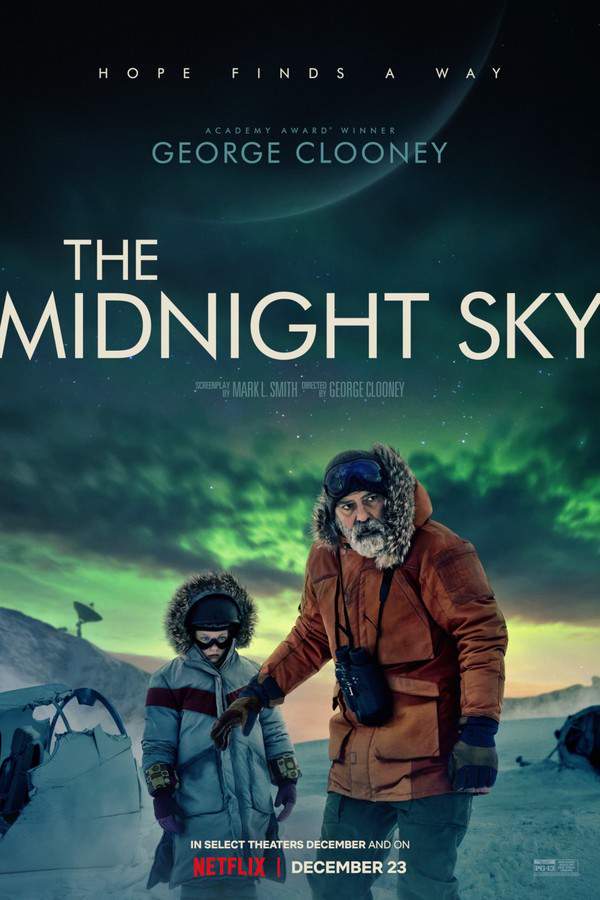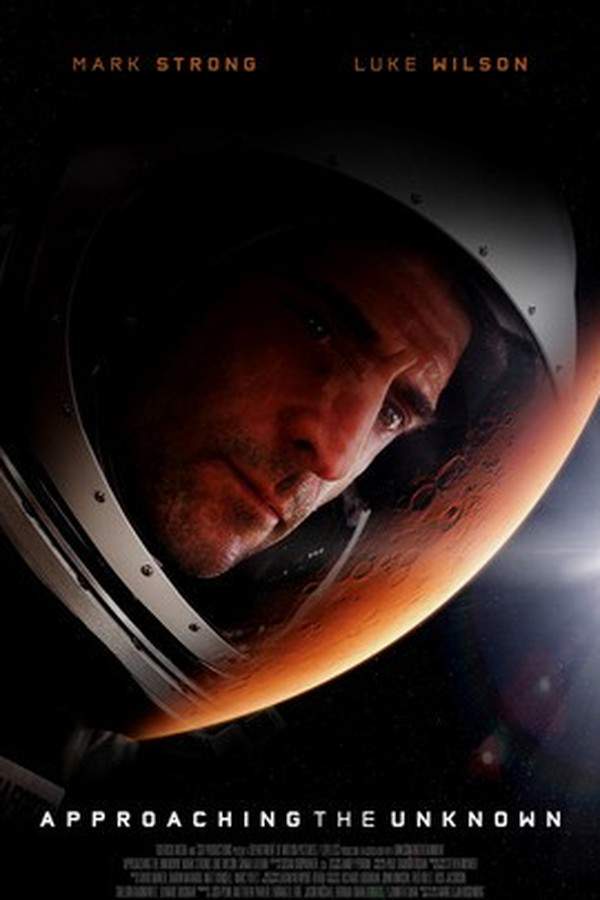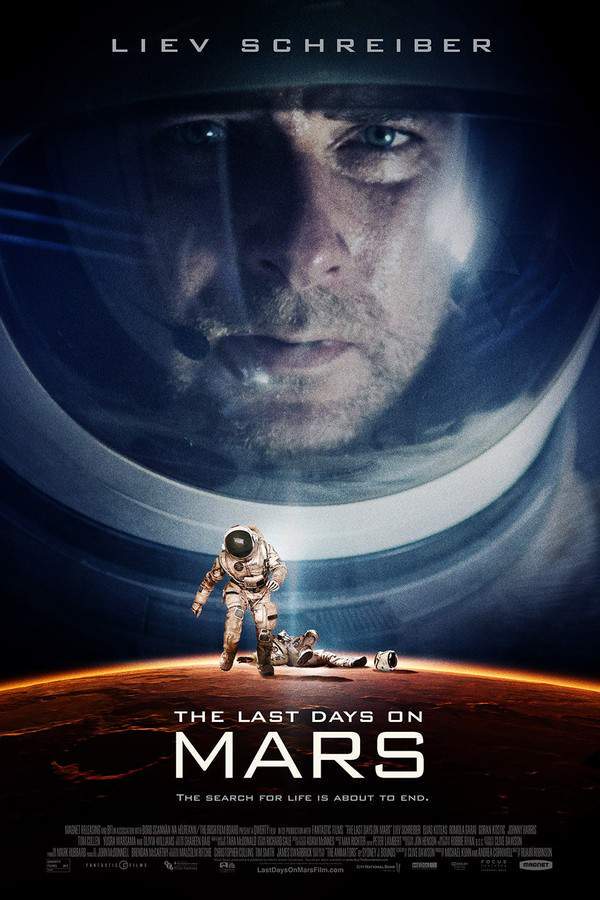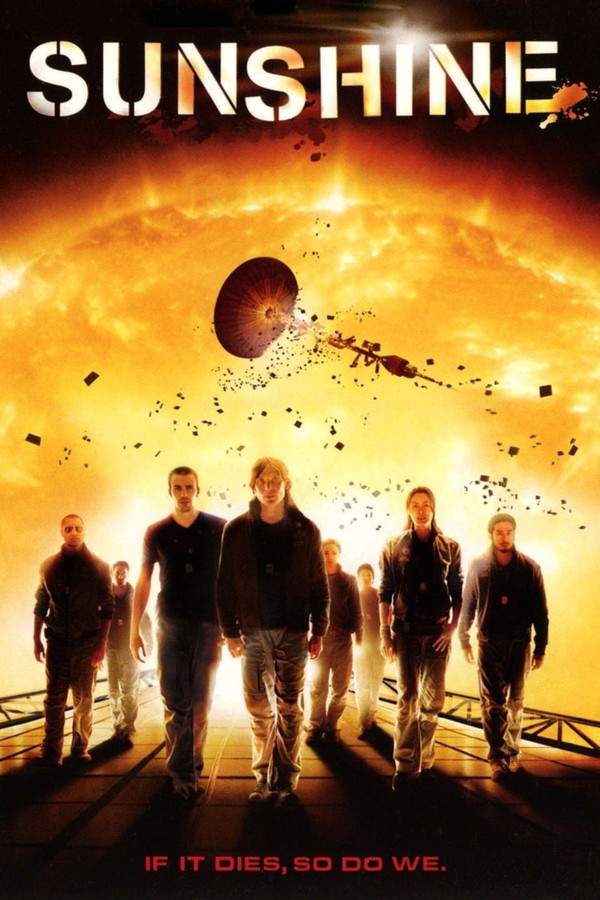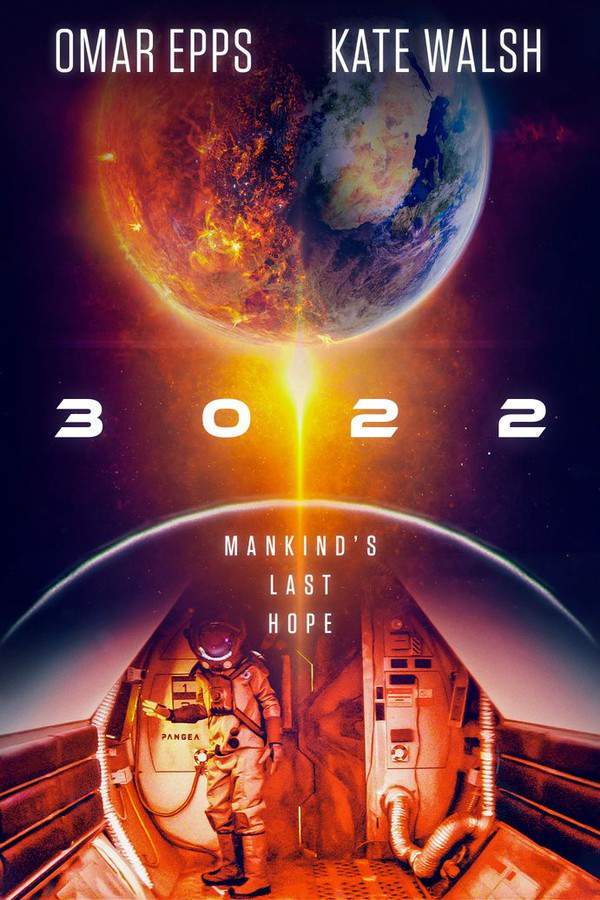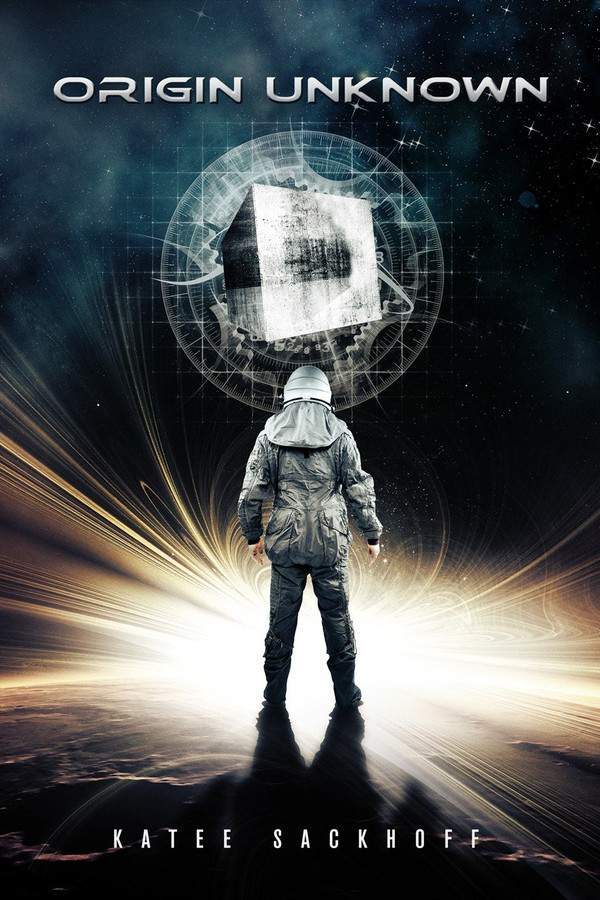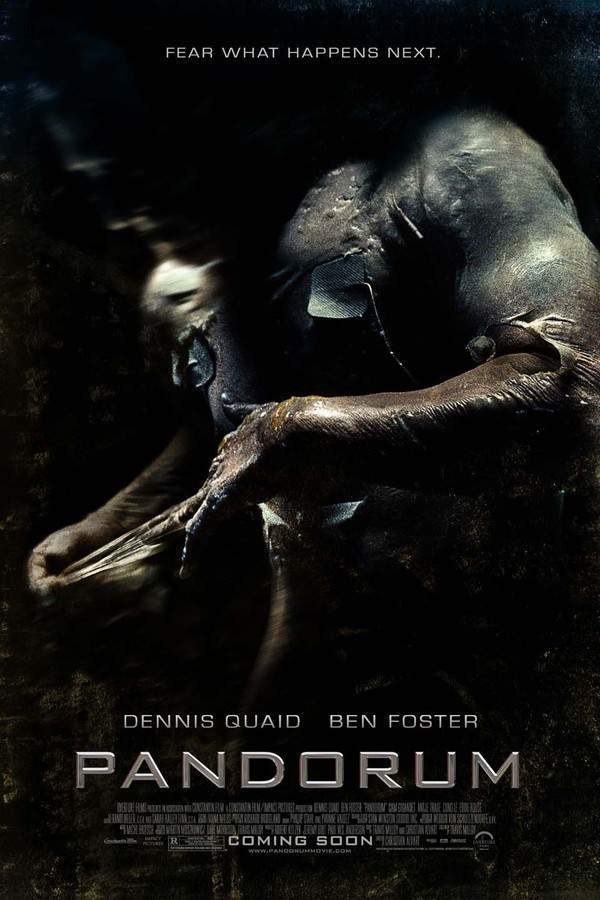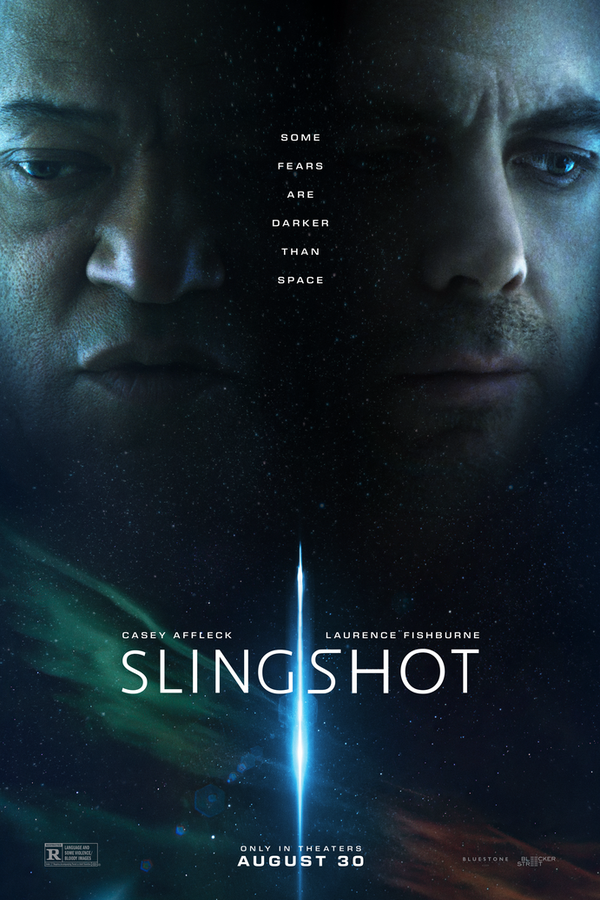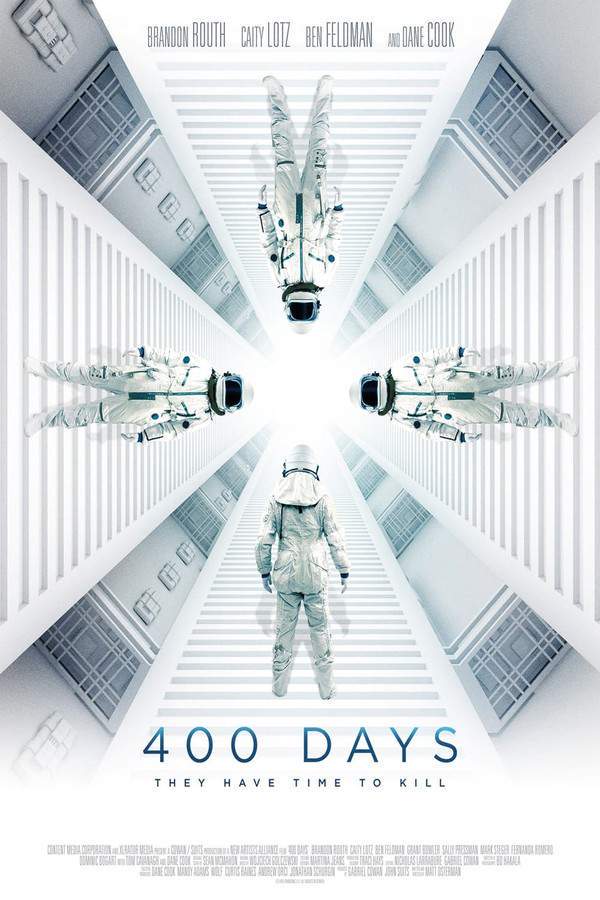
400 Days 2016
Directed by

Matt Osterman
Made by

XLrator Media
Test your knowledge of 400 Days with our quiz!
400 Days Plot Summary
Read the complete plot summary and ending explained for 400 Days (2016). From turning points to emotional moments, uncover what really happened and why it matters.
Four astronauts—Captain Theo Cooper, Dr. Emily McTier, Bug Kieslowski, and Cole Dvorak—embark on an ambitious journey to undergo a 400-day-long simulation on Earth designed to analyze the long-term effects of space travel. As they spend their time in isolation underground, the crew faces increasingly severe psychological challenges, including paranoia and hallucinations. As tension grows, each member begins to retreat into their own space, both physically and mentally.
One fateful day, a disheveled man unexpectedly appears in their simulated spacecraft, breaking through the boundaries of their isolation. After his sudden departure, the astronauts make the bold decision to exit their underground haven and explore the outside world, only to discover a landscape that has drastically changed. They find the Earth to be enveloped in darkness, with howling winds and an eerie sense of desolation as dust clouds shroud everything in an oppressive gloom.
Venturing forth, they stumble upon a town called “Tranquillity,” which surprisingly boasts inhabitants and electricity. A local man named Zell invites the weary travelers into his diner, where he explains that the moon was hit by a colossal object that unleashed a massive dust cloud, now blocking out sunlight and drastically altering their environment. Despite this alarming revelation, Dvorak remains skeptical, convinced that they are still caught in the simulation, and chooses to venture off to a nearby bar, a decision soon followed by his comrades.
After indulging in a few drinks, Dvorak leaves with a young woman, opting to disregard the safety of his crew. The remaining trio returns to the diner, where Zell extends an invitation for them to rest the night. Bug, taking the first watch, soon finds himself lost in hallucinations, believing he is following his son, Sam, yet unwittingly challenges Zell in the process. When McTier and Cooper awake, they are alarmed to discover that their friends have vanished. When they question Zell about the missing crew members, he curiously claims that they arrived alone, raising suspicion and alarm in McTier and Cooper.
Fearful for their well-being, the duo sets out to find their comrades but is unable to locate them. After a frantic search, they return to their ship, only to realize that they are being trailed by Zell and two other sinister men. A tense confrontation ensues, culminating in Cooper and McTier successfully neutralizing the threats. In a twist of fate, the moment Zell takes his last breath coincides with the conclusion of the 400-day simulation, which the astronauts receive notification has ended successfully.
As the entrance hatch opens, they are greeted by a blinding light, prompting Cooper and McTier to grasp each other’s hands tightly, their hearts racing with anticipation of what lies ahead. The film closes on this moment of uncertainty, leaving audiences on the edge of their seats, wondering about the fate that awaits them beyond the simulation’s end.
400 Days Timeline
Follow the complete movie timeline of 400 Days (2016) with every major event in chronological order. Great for understanding complex plots and story progression.
Start of Simulation
The team of four astronauts, consisting of Captain Theo Cooper, Dr. Emily McTier, Bug Kieslowski, and Cole Dvorak, begins their 400-day-long simulation on Earth. The purpose of this simulation is to study the long-term effects of space travel, marking the start of their isolated journey.
Psychological Strain Sets In
As the days progress, the crew begins to experience extreme psychological effects, including paranoia and hallucinations. They withdraw further into their separate spaces, struggling to cope with the challenges of isolation and the pressures of their mission.
Intrusion into the Simulation
The equilibrium of their isolated existence is shattered when a disheveled man suddenly appears in their simulated spaceship. His unexpected presence introduces an ominous turn of events, igniting fear and uncertainty within the crew.
Exploration of the Surface World
After the man escapes, the crew decides to leave the confines of their simulation and explore the surface. They emerge into a world that is dark, windy, and desolate, revealing a landscape covered in dust and eerily transformed.
Discovery of Tranquillity
During their exploration, the astronauts stumble upon a town called 'Tranquillity'. To their surprise, the town is inhabited, and they find a diner where they meet a man named Zell, who shares unsettling news about the world outside.
Zell's Revelation
Zell informs the crew that a catastrophic event struck the moon, leading to a massive dust cloud that now blocks out the sun. This revelation further fuels doubt in Dvorak, who remains convinced they are still in a simulation and brushes off the warning.
Night Out in Tranquillity
Despite the foreboding atmosphere, the crew heads to a local bar for drinks. Dvorak decides to leave with a young woman, prompting the rest of the crew to return to the diner for the night after questioning his decision.
Hallucinations Begin
While on watch duty, Bug starts hallucinating that he is following his son, Sam. This unsettling experience culminates in him crossing paths with Zell, foreshadowing the chaos that is soon to unravel.
Friends Go Missing
When McTier and Cooper wake up alone, they become increasingly worried about their missing friends. Their concerns grow when Zell claims that Cooper and McTier arrived solo, leading them to suspect foul play.
Search for Missing Crew
Realizing the gravity of the situation, Cooper and McTier leave the diner in search of their friends. Their search is in vain, as they fail to locate anyone, heightening their sense of danger as they attempt to piece together the events.
Confrontation with Zell
Upon returning to their ship, Cooper discovers they are being followed by Zell and two other men. A tense confrontation ensues, and Cooper and McTier are compelled to defend themselves against the attackers.
Zell's Demise
The confrontation reaches a climax when Zell is fatally wounded. This pivotal moment aligns with the conclusion of their simulation, as the crew is suddenly informed that their 400 days have successfully come to an end.
Simulation Ends
With Zell dead, the simulation officially concludes, and the entrance hatch of their ship opens, revealing bright light. The crew, particularly Cooper and McTier, stand ready for what lies ahead, filled with anxiety and anticipation.
Final Moments
As Cooper and McTier hold hands and wait for the unknown, the film leaves viewers in suspense. The screen fades to black, leaving the fate of the astronauts and the reality of their situation open-ended, inviting interpretation.
400 Days Characters
Explore all characters from 400 Days (2016). Get detailed profiles with their roles, arcs, and key relationships explained.
Captain Theo Cooper
Theo Cooper is the level-headed leader of the crew, tasked with maintaining order during their psychological trials. His rationality is tested as paranoia consumes the group, and he often finds himself balancing his crew's needs with the relentless pressures of their environment. Cooper's determination to protect his team ultimately leads him to confront the strange risks outside their simulation.
Dr. Emily McTier
Emily McTier is a strong and resourceful astronaut, often stepping up when tensions rise among the crew. Her scientific mindset clashes with the growing hallucinations, forcing her to grapple with reality versus perception. As a central figure in navigating their dire situation, her connection with Cooper highlights themes of partnership and trust in the face of despair.
Bug Kieslowski
Bug is portrayed as the most vulnerable member of the crew, struggling with guilt and hallucinations that blur the lines between reality and the dreamlike state induced by their mission. His emotional journey is encapsulated by the manifestations of his son, showcasing the deep impact of isolation. Bug’s experiences serve to reflect the intense psychological effects of long-term space travel.
Cole Dvorak
Cole Dvorak embodies skepticism and rebellion as he grapples with disbelief about their mission's authenticity. His dismissal of the strange occurrences around him underscores the theme of denial, and his actions lead to divergence from the group. Dvorak's character represents the struggles of accepting new realities when faced with overwhelming evidence of change.
400 Days Settings
Learn where and when 400 Days (2016) takes place. Explore the film’s settings, era, and how they shape the narrative.
Time period
Future, Post-disaster
The film unfolds in a future world that's drastically changed due to an unspecified disaster involving the moon. This event has led to a permanent dust cloud blocking sunlight, resulting in a desolate Earth. The story is set after the astronauts complete their 400-day simulation, thrusting them into a transformed reality.
Location
Tranquillity
Tranquillity is a town that symbolizes hope amid chaos. Once a thriving community, it is now weathered and dark due to the effects of a cosmic disaster. The environment is marked by dust and a forbidding atmosphere, offering a stark contrast to the underground simulation the astronauts have left behind.
400 Days Themes
Discover the main themes in 400 Days (2016). Analyze the deeper meanings, emotional layers, and social commentary behind the film.
🧠
Psychological Effects
The film explores the psychological toll of isolation and the human mind's fragility in extreme conditions. As the crew navigates paranoia and hallucinations, it raises questions about reality and perception. Their descent into psychological distress serves as a cautionary tale about the consequences of extended confinement.
🔍
Discovery
The theme of discovery permeates the astronauts' journey as they transition from the confines of their simulation to the harsh realities of the outside world. Their exploration of Tranquillity presents both the hope of human survival and the fear of the unknown. The realization that they are not alone and the encounters with locals draw attention to adaptability and resilience in unprecedented circumstances.

Coming soon on iOS and Android
The Plot Explained Mobile App
From blockbusters to hidden gems — dive into movie stories anytime, anywhere. Save your favorites, discover plots faster, and never miss a twist again.
Sign up to be the first to know when we launch. Your email stays private — always.
400 Days Ending Explained
Unravel the ending of 400 Days (2016) with our detailed explanation. Understand the final scenes, character fates, and unresolved questions.
At the end of 400 Days, the story leaves viewers uncertain about what was real and what was simulation. The crew’s entire experience—marked by hallucinations, secrets, and mysterious occurrences—could have been either a realistic trial or a carefully constructed illusion. When they step outside into a seemingly post-apocalyptic world and meet Zell, it raises questions about whether the catastrophe aboveground truly happened, or if it was part of the simulation. The movie deliberately keeps these truths ambiguous, emphasizing that some mysteries in life are beyond understanding. This open-ended conclusion invites the audience to interpret whether their ordeal was a tragic real event or a complex psychological test.
As for the mission’s purpose, the film offers no definitive answer. Its stated goal sounds simple—exploring space and human resilience—but the crew’s flawed characters cast doubt on whether they were truly qualified or if the mission’s purpose was something hidden and more sinister. Characters like Theo, who shows irresponsibility, and others with secrets or mental strain, imply that the real reason for the mission might have been concealed from them all along. This adds to the overarching theme of distrust, where no one can be fully relied upon, not even among the crew or scientists overseeing them.
Director Matt Osterman has acknowledged that he prefers to leave the ending open to interpretation. He hints that the true emotional core is about the relationship between Theo and Emily, which he describes as a focal point of the story—highlighting that sometimes, what matters most in a confusing narrative is human connection rather than certainty. Ultimately, the ending challenges viewers to accept uncertainty and reflect on how humanity’s obsession with knowledge can sometimes lead to moral and ethical pitfalls. In the end, 400 Days reminds us that some questions about truth and trust may remain forever out of reach, and that’s perhaps the most profound message of all.
400 Days Spoiler-Free Summary
Discover the spoiler-free summary of 400 Days (2016). Get a concise overview without any spoilers.
In a stark underground facility, four volunteers are sealed away for a 400‑day simulation meant to mimic the mental and physical strain of a deep‑space voyage. The environment is a meticulously crafted spacecraft replica, its walls humming with the soft thrum of life‑support systems while the world above remains out of reach. As days blur into weeks, the isolation becomes a living character itself, pressing against the crew’s resolve and amplifying every doubt.
The team is led by the steady hand of Captain Theo Cooper, whose command style blends professionalism with an unspoken yearning for connection. Beside him, Dr. Emily McTier brings scientific rigor and a calm curiosity that often tempers the group’s rising anxiety. Bug Kieslowski contributes a quiet, introspective presence, his thoughts drifting toward personal memories that surface in the cramped quarters. The youngest, Cole Dvorak, balances optimism with a restless edge, his humor masking a deeper unease. Their interactions swing between camaraderie and tension, each personality highlighting the fragile balance required to survive months of near‑solitude.
Beyond the steel walls, communication with Earth begins to falter, and the crew is left to wrestle with the growing suspicion that the experiment may conceal motives beyond pure research. The film’s tone stays deliberately taut, a blend of clinical sci‑fi ambience and creeping psychological dread. Shadows lengthen as the days pass, and the astronauts find themselves questioning not only the mission’s purpose but also the very nature of the reality they’ve been confined to. This atmosphere of quiet uncertainty sets the stage for a story that probes how far human endurance can stretch when the universe feels both boundless and suffocatingly close.
Can’t find your movie? Request a summary here.
Movies with Similar Twists and Themes
Uncover films that echo the narrative beats, emotional arcs, or dramatic twists of the one you're exploring. These recommendations are handpicked based on story depth, thematic resonance, and spoiler-worthy moments — perfect for fans who crave more of the same intrigue.
Featured on this page

What's After the Movie?
Not sure whether to stay after the credits? Find out!
Explore Our Movie Platform
New Movie Releases (2025)
Famous Movie Actors
Top Film Production Studios
Movie Plot Summaries & Endings
Major Movie Awards & Winners
Best Concert Films & Music Documentaries
Movie Collections and Curated Lists
© 2025 What's After the Movie. All rights reserved.


